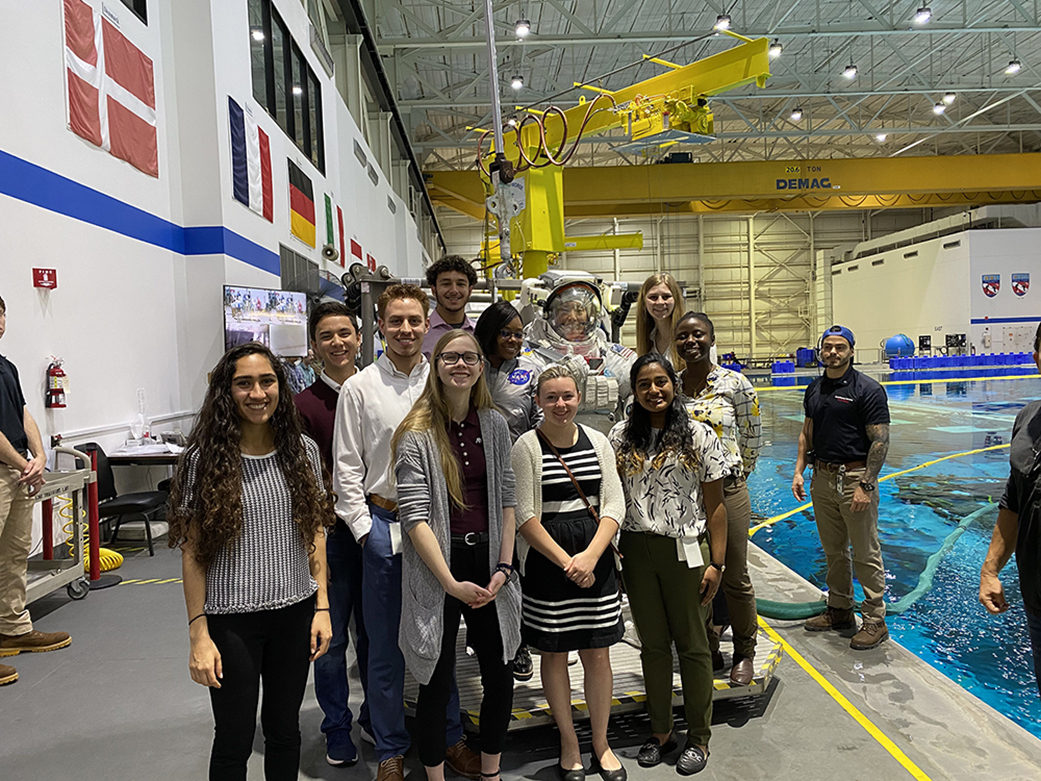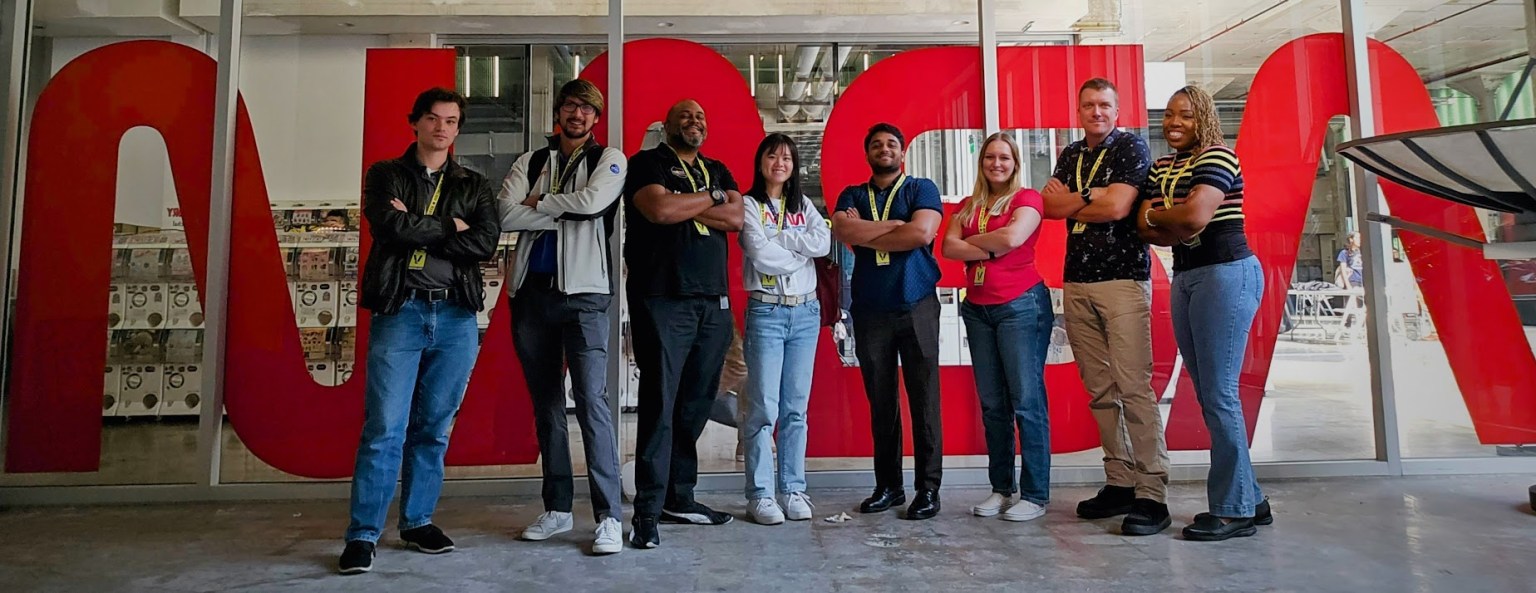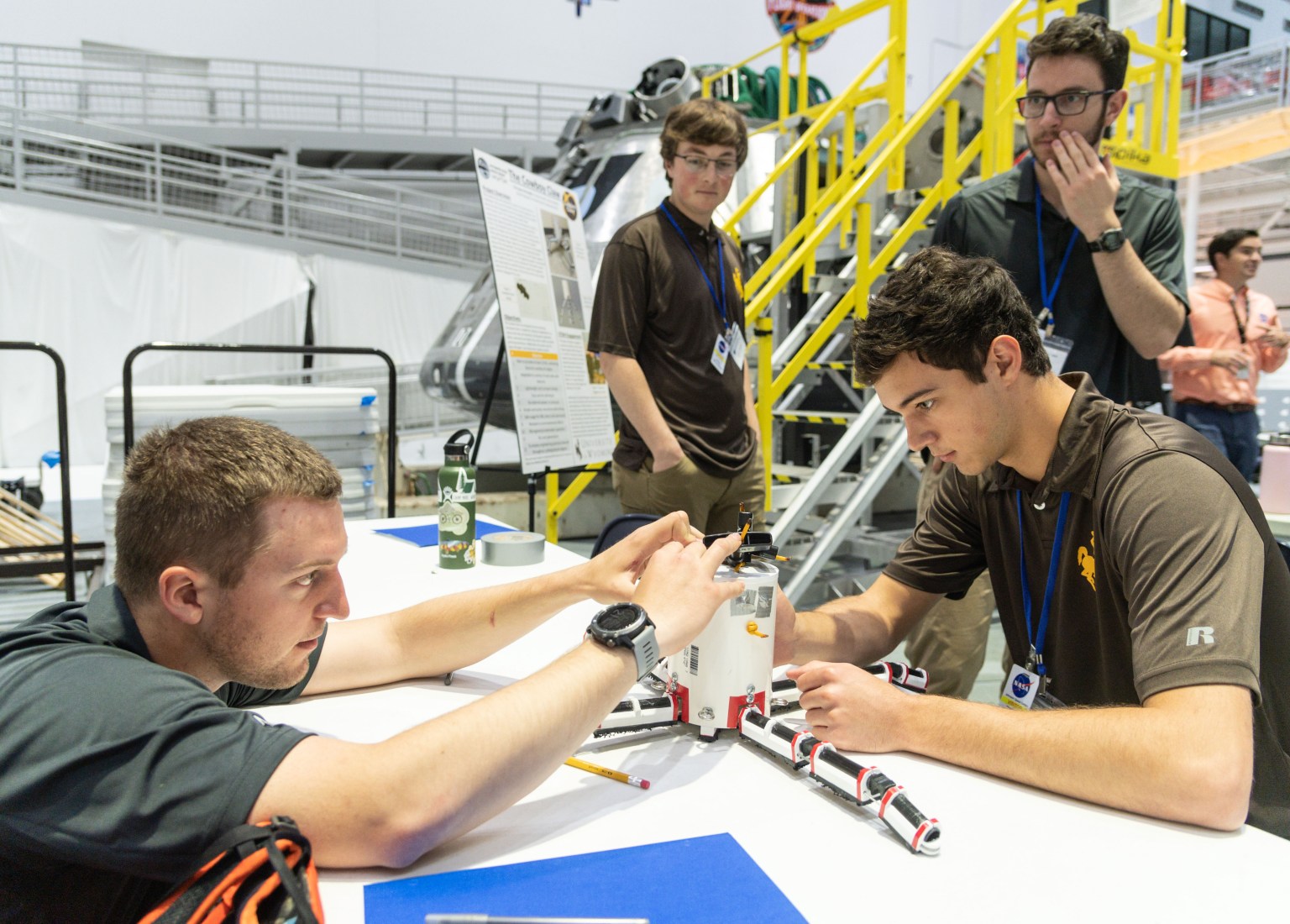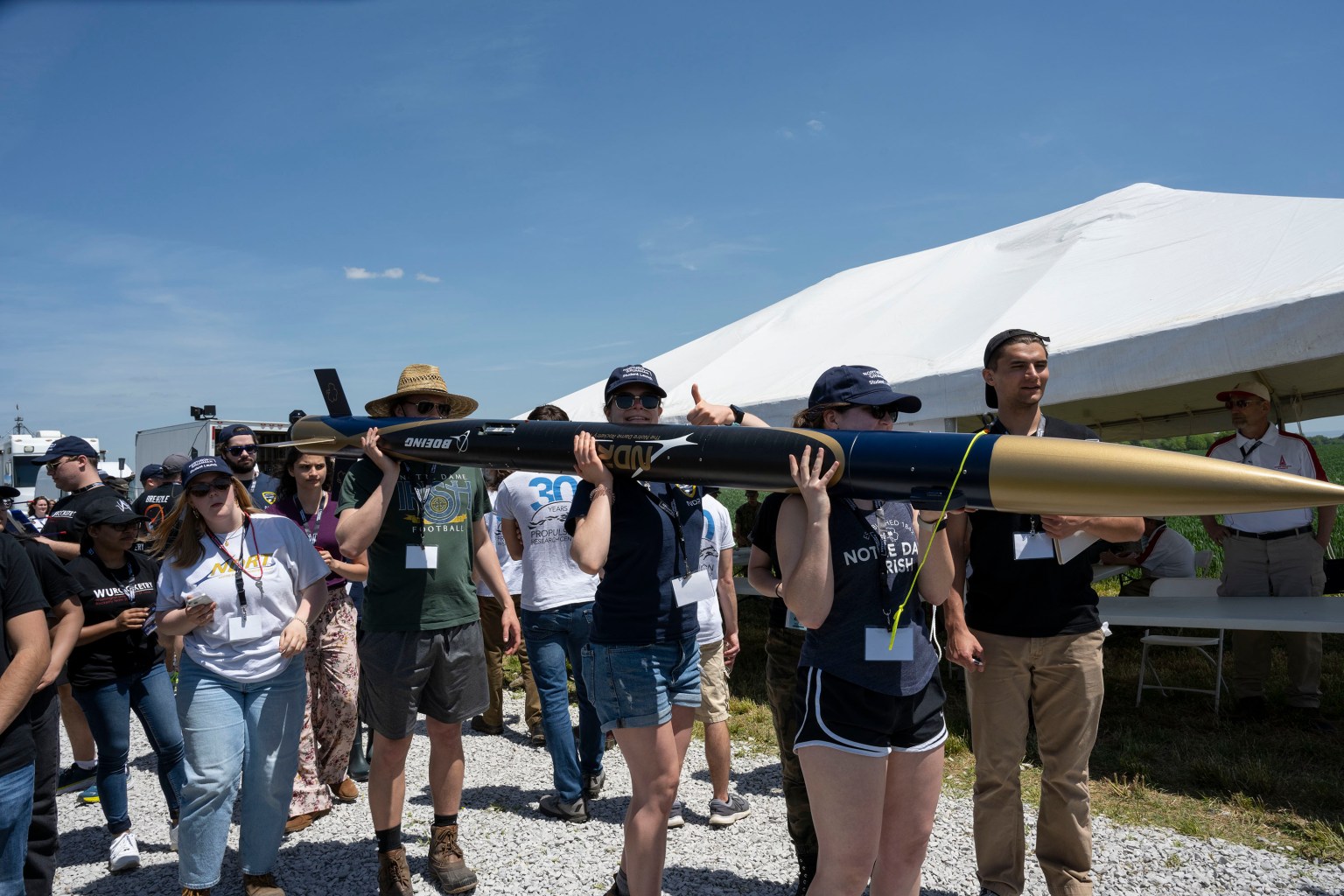Every year, NASA looks for members of the #ArtemisGeneration to bring their talents and ideas to our internship program. #NASAInterns contribute directly to missions like the Artemis program and the Mars Exploration program. Ready to launch your NASA career? Here are 10 things you can do now to prepare for a NASA internship:
1. Apply at intern.nasa.gov
If you are ready to begin your NASA internship journey, the most important part of the process is your application. Before you start, make sure you meet the preliminary qualifications:
- U.S. Citizen
- Cumulative 3.0 GPA (on a 4.0 scale)
- Full-time student (high school through graduate)
- 16 years of age at the time of application (no exceptions)
You can apply to up to 15 projects per session. Do not forget to upload your resume–while this is optional, it is highly recommended. If you are an international student, check out NASA Intern and Fellow Opportunities for International Students.
2. Seek a mentor
Each NASA intern is paired with a mentor for their project, so understanding the mentor-mentee relationship beforehand will help you get the most out of your internship. Find a professional who can offer advice and guidance in your career. While a mentor from your desired industry will be able to provide you with job-specific knowledge, you can look for help outside of your industry, too. You may find a mentor at your school, place of worship, current job, or through a family friend. Do not be afraid to reach out to different people. Take the initiative. You might be surprised by how many people are willing to help.
3. Get involved
Valuable experience does not just come from jobs. Look for clubs and organizations to join at your school. Many schools have industry-specific organizations that allow you to learn more about your chosen career field while meeting other students with similar interests. Keep an eye out for projects you can participate in—you can find business, science, and engineering fairs all over the U.S. For NASA project opportunities, check out NASA’s Artemis Student Challenges. These challenges are designed for students from middle school to college, and participants get to incorporate elements from the Artemis program into their projects!
4. Do your research
No matter how much you already know about NASA, do some research before submitting your application. Learn more about NASA’s history, mission, and projects. NASA offers hundreds of internships each semester, so take the time to learn more about the projects you may be interested in pursuing. Lastly, do not forget to research the center you’re applying to. If you are given the opportunity to interview for a role, showing you did your research will make an impression!
5. Gain experience
While some NASA interns may not have prior work experience, most have completed one or more internships before coming to NASA. Stop by your school’s career center or search for internships online to see what opportunities might be available to you. If you cannot complete an internship, holding a part-time job (even if it’s outside of your industry) is a great way to gain professional experience. Previous work experience can make your application stand out, and you will gain valuable skills that will help you during a NASA internship! Working on research or volunteer projects, whether it is through your school or on your own, are also great additions to your resume.
6. Visit NASA’s Office of STEM Engagement
NASA’s Office of STEM Engagement (or OSTEM) seeks to create opportunities for students and the public to contribute to NASA’s mission. You can look at past projects and challenges as well as resources for students and educators. OSTEM also produces the NASA EXPRESS newsletter. Sign up today to keep up with the latest STEM opportunities and activities from NASA and its partners!
7. Network
Building a professional network can open the door to professional opportunities and learning experiences. Networking allows you to form relationships with people who can help you in your career. Think of networking as an ongoing process. It takes time to build a solid network, so the earlier you start, the better results you may have. Not sure where to begin? Start by reaching out to alumni from your school who work in your chosen career field. They have been where you are now and will likely be happy to connect. You may even find alumni currently working at NASA!
8. Look at community college and high school opportunities
Did you know that NASA has opportunities for community college and high school students? National Community College Aerospace Scholars (NCAS) is a program for community college students interested in exploring STEM careers. Chosen students will participate in a five-week online workshop, consisting of discussions, live video chats with NASA experts and mission design challenges. If you want to go virtual, L’SPACE Academy is a free, online, interactive program open to undergraduate STEM majors interested in pursuing a career with NASA. Tip: Apply to internships, NCAS, and L’SPACE Academy simultaneously to increase your chances of getting involved at NASA.
9. Apply to the Pathways Program
NASA’s Pathways Program is similar to a co-op opportunity, where current students are provided with paid work experiences and development opportunities for multiple semesters. The NASA Pathways Intern Employment Program (IEP) is open to students currently enrolled in qualifying educational programs. If you are a recent or soon-to-be graduate, the NASA Pathways Recent Graduate Program (RGP) offers early career development. Pathways offers the chance to jump-start a NASA career, as it presents a path to NASA employment after program completion. You can apply to the Pathways Program and regular internships at the same time, but Pathways uses USAJOBS to collect applications. For guidance on your USAJOBS application, check out this video.
10. Keep trying
NASA gets tens of thousands of applications each year. If you do not get an internship offer the first time, keep trying! You can use your application for multiple semesters, but remember to update it with new experiences, projects, and transcripts. Reminder: You must be a current student to apply to internship opportunities.
In the meantime, follow NASA Internships on Facebook, Instagram, and Twitter for the latest updates, and be sure to check out intern blogs & stories.
Follow us on LinkedIn to learn more about life at NASA!































